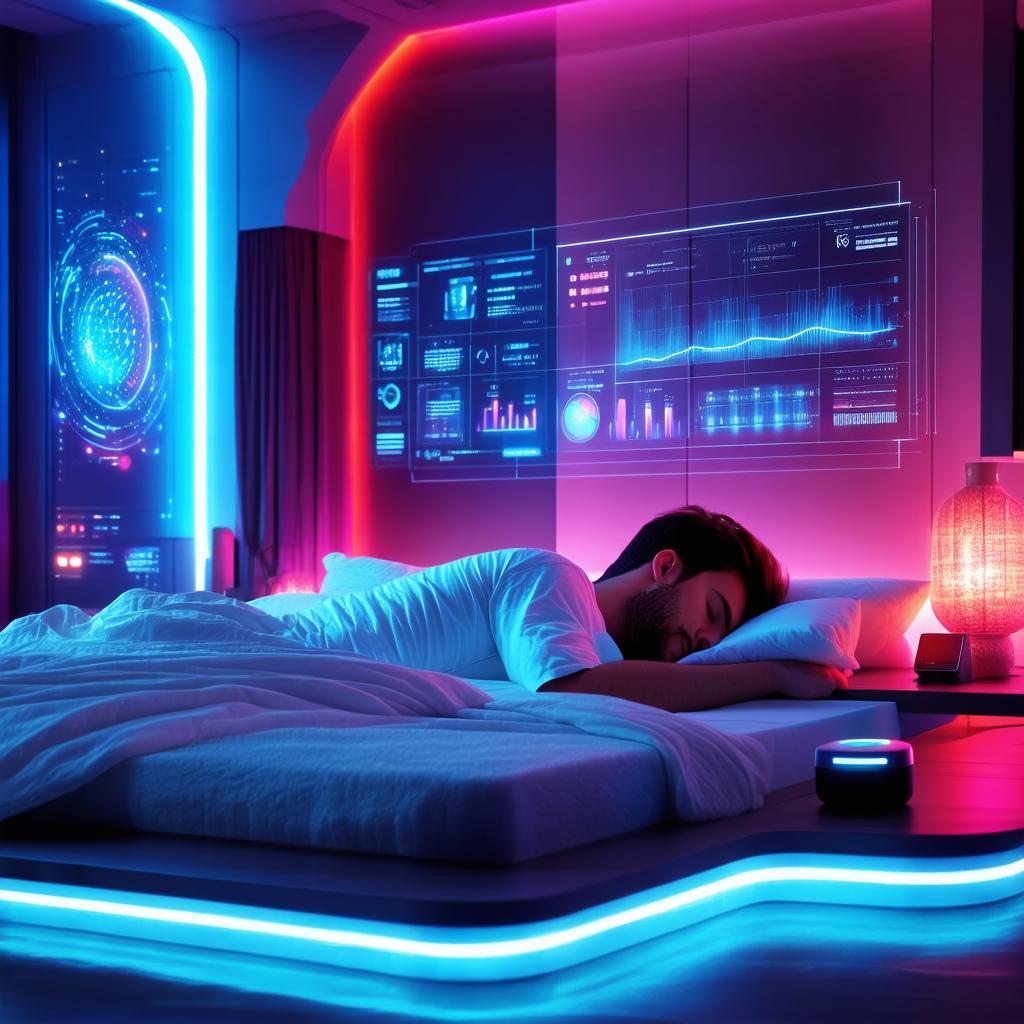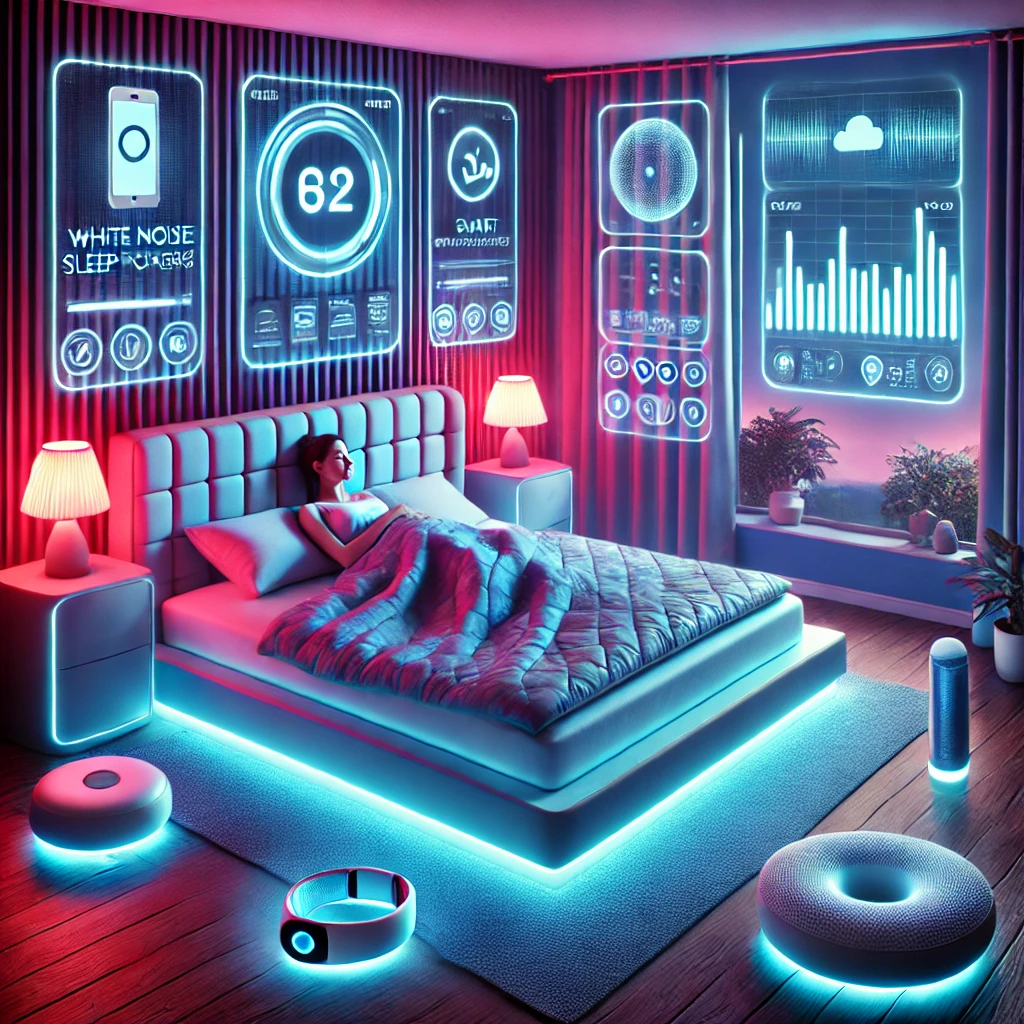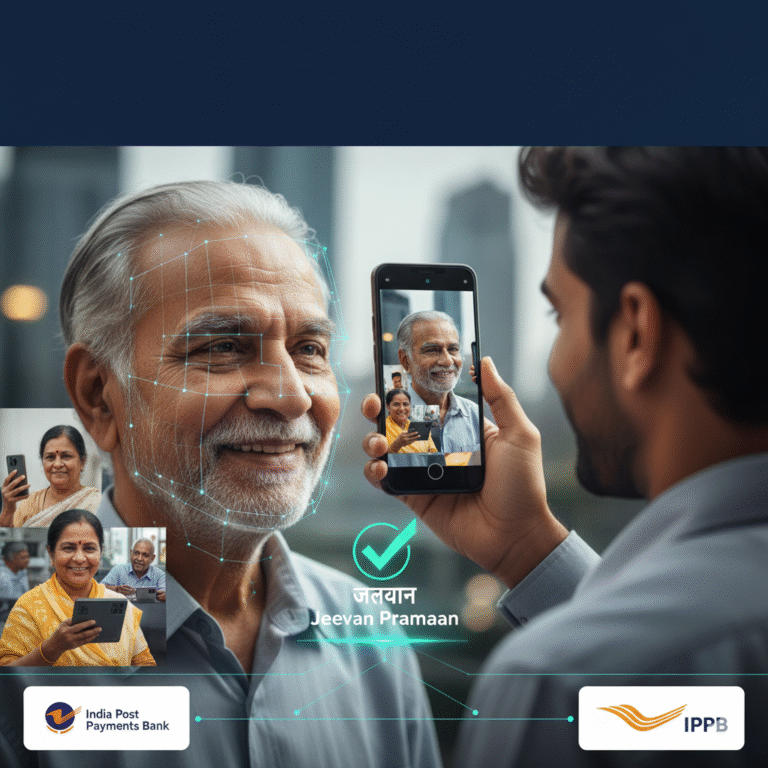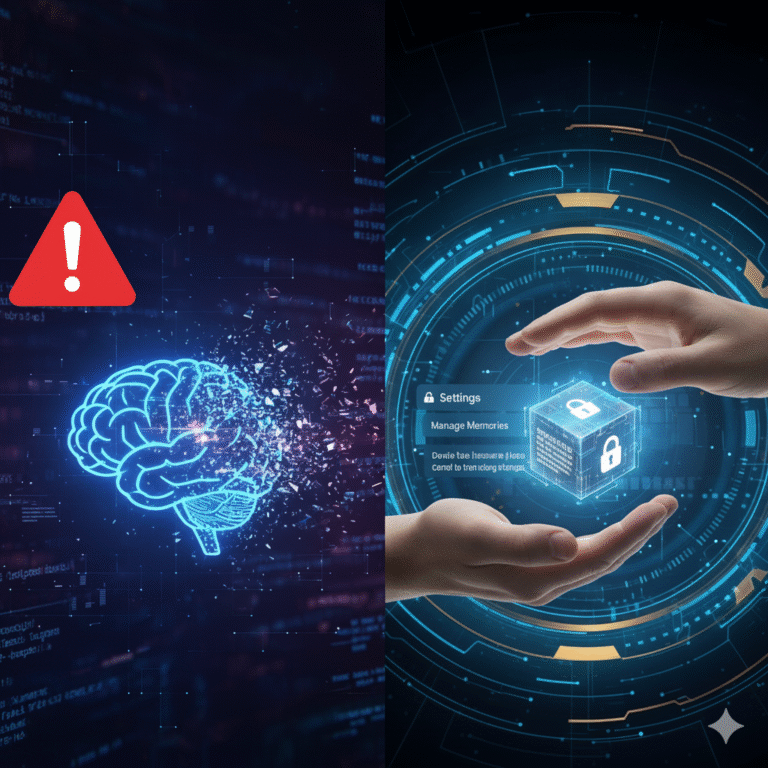Introduction
Sleep is one of the most critical aspects of human health, yet it is often overlooked in our fast-paced modern lives. With the rise of sleep disorders, fatigue-related illnesses, and the ever-growing pressure of digital lifestyles, optimizing sleep has become a major focus for scientists, health professionals, and biohackers alike. In response, a new wave of sleep technology, biohacking techniques, and circadian rhythm-based routines is emerging to help individuals achieve better rest, improve cognitive function, and enhance overall well-being.

This article explores the latest advancements in sleep optimization, delving into cutting-edge sleep tech, biohacking strategies, and scientifically backed methods for aligning with the body’s natural sleep-wake cycle.
The Science of Sleep: Understanding Circadian Rhythms
Before diving into optimization techniques, it’s essential to understand how sleep works. The human body operates on a circadian rhythm, a 24-hour internal clock that regulates sleep-wake cycles, hormone production, and body temperature. This rhythm is primarily influenced by light exposure, eating patterns, and lifestyle habits.
Key Stages of Sleep
Sleep occurs in multiple cycles, each lasting about 90 minutes. These cycles consist of the following stages:
- NREM (Non-Rapid Eye Movement) Sleep:
- Stage 1: Light sleep, transitioning from wakefulness.
- Stage 2: The heart rate decreases, and body temperature lowers.
- Stage 3: Deep sleep, essential for physical recovery and growth hormone release.
- REM (Rapid Eye Movement) Sleep:
- This is the stage where dreaming occurs.
- It is critical for memory consolidation, emotional regulation, and creativity.
Disrupting these sleep cycles can lead to cognitive impairment, reduced immune function, and increased risk of chronic diseases.
Sleep Tech: How Technology is Enhancing Sleep Quality
The rise of sleep technology has provided individuals with tools to track, analyze, and improve their sleep patterns. Notable innovations in this field include:
1. Wearable Sleep Trackers
Devices like the Oura Ring, Fitbit, and WHOOP monitor sleep stages, heart rate variability, and temperature fluctuations. These insights help users understand sleep patterns and identify habits that may be disrupting rest.
2. Smart Mattresses and Sleep Aids
High-tech beds such as the Eight Sleep Pod and Sleep Number 360 adjust temperature and firmness based on the user’s needs, optimizing comfort throughout the night.
3. Blue Light-Blocking Glasses & Screen Filters
Exposure to blue light from screens can disrupt melatonin production. Glasses like Swanwick Blue Light Blockers and apps such as f.lux reduce blue light exposure, promoting better sleep onset.
4. AI-Powered Sleep Apps
Apps like Sleep Cycle, Calm, and Headspace use artificial intelligence to analyze sleep patterns, wake users at optimal times, and provide guided meditations to enhance relaxation.
5. White Noise and Sound Therapy Machines
Devices like LectroFan and Hatch Restore produce ambient sounds that help block disruptive noise and encourage deeper sleep.
Biohacking Sleep: Advanced Strategies for Restful Nights
Biohackers are constantly experimenting with new ways to improve sleep efficiency. Some of the most popular biohacking sleep techniques include:
1. Cold Therapy & Temperature Control
The ideal sleep temperature is around 60-67°F (15-19°C). Cooling pillows, weighted blankets, and products like the ChiliPad can regulate temperature for deeper sleep.
2. Supplements for Sleep Optimization
- Melatonin: Helps regulate circadian rhythm.
- Magnesium Glycinate: Promotes relaxation and muscle recovery.
- L-Theanine: Found in green tea, aids in calming the mind.
- Glycine: Improves sleep quality and cognitive function.
- CBD & Adaptogens: Reduce stress and improve sleep onset.
3. Red Light Therapy
Red light wavelengths (600-700 nm) have been shown to enhance melatonin production and support circadian rhythms. Devices like Joovv Red Light Therapy can help reset sleep cycles.
4. Mindfulness and Breathing Techniques
- 4-7-8 Breathing Technique: A controlled breathing method that induces relaxation.
- Yoga Nidra: A guided meditation technique designed to induce profound relaxation and rest.
- Progressive Muscle Relaxation: Reduces tension and primes the body for sleep.
Circadian Rhythm-Based Sleep Routines
One of the most effective ways to optimize sleep is by aligning daily habits with the body’s natural circadian rhythm. Here are key strategies:
1. Morning Sunlight Exposure
Morning exposure to natural sunlight helps regulate the body’s internal clock, enhances serotonin levels, and supports melatonin production for better sleep at night.
2. Consistent Sleep Schedule
Going to bed and waking up at the same time every day strengthens the body’s sleep-wake cycle, improving sleep quality and energy levels.
3. Caffeine and Meal Timing
- Stop consuming caffeine for at least six hours before going to bed.
- Finish large meals 2-3 hours before sleeping to prevent digestive discomfort and acid reflux.
4. Pre-Bedtime Wind-Down Routine
- Dim lights to reduce blue light exposure.
- Engage in relaxing activities such as reading, journaling, or stretching.
- Take a warm bath to help the body cool down naturally before bed.
5. Technology-Free Sleep Zone
- Stop using screens at least an hour before going to sleep.
- Keep the bedroom dark, cool, and quiet to minimize disturbances.
The Future of Sleep Optimization
With advancements in technology and growing research on sleep science, the future of sleep optimization looks promising. Some emerging trends include:
1. AI-Powered Sleep Coaching
AI-driven apps and wearable technology will provide even more precise recommendations based on real-time biometric data.
2. Personalized Sleep Medicine
Genetic testing and biomarker analysis may lead to personalized sleep interventions tailored to individual genetic profiles.
3. Neurotechnology and Brainwave Stimulation
Devices like Dreem and Halo Neuroscience are exploring brainwave entrainment to enhance deep sleep and cognitive function.
4. Smart Home Integration for Sleep Hygiene
Connected home devices will automate lighting, temperature, and soundscapes based on circadian rhythms, creating an optimized sleep environment.
Conclusion
Sleep optimization is no longer just about getting enough rest; it is about leveraging science and technology to maximize the quality of sleep. With the rise of sleep tech, biohacking, and circadian rhythm-based routines, individuals now have more tools than ever to improve their rest and overall well-being. By incorporating these strategies into daily life, we can unlock deeper, more restorative sleep, leading to better health, sharper cognition, and greater productivity.
Prioritizing sleep is one of the most powerful steps toward a healthier, more fulfilling life. As research continues to evolve, sleep optimization will become an essential pillar of wellness, helping people thrive in an increasingly demanding world.
Courtesy: Internet
Read Also:
Artificial intelligence in sleep medicine: Present and future
Biohacking Circadian Genes








+ There are no comments
Add yours